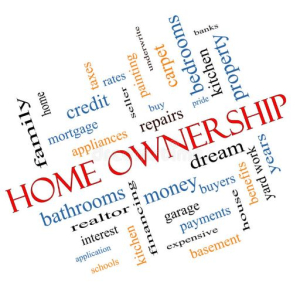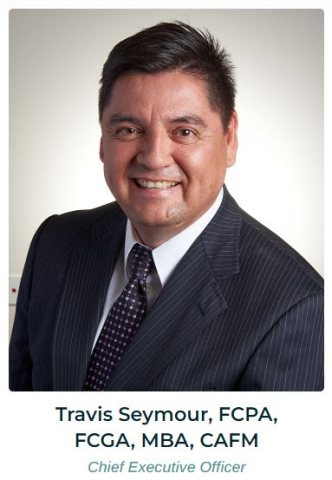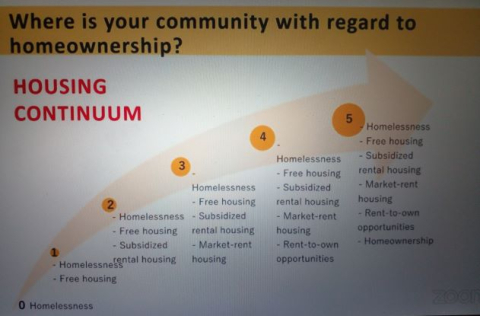
Building Homeownership Opportunities with the First Nations Market Housing Fund


Travis Seymour for the First Nations Market Housing Fund spoke at the First Nations Housing Conference 2022 on Building Home ownership Opportunities on October 25th, 2022.
First Nations Market Housing Fund (FNMHF) is an organization that works for First Nations and has been established since May 2008. They have grown into a $400 million fund to help pay for things related to market-based housing & home ownership. They are designed to support Housing and Loan Arrangements between First Nations and Lenders.
What is the First Nation Market Housing Fund?
The First Nations Market Housing Fund is a unique tool developed by First Nations for First Nations. It’s a Non-Profit Trust led by an Indigenous-led Organization, and it is designed to support housing arrangements between First Nations and lenders. The Fund has two main products.
- Capacity Development – is designed to support a Home Loan Program. It also keeps assisting First Nations to meet their goals and expanding the Home Loans Program.
- Credit Enhancement – This will help individuals obtain housing loans from financial institutions. It will also provide a financial backstop between first nations and lenders. Should a borrower ever default on a housing loan, the lender can use the fund for compensation.
While the fund itself does not provide loans, it is a starting point for assessment and qualifications for First Nations eligibility.

What is a Housing Continuum?
Housing Continuum is an assortment of housing options and types of houses. Each is critically important for different people and at other times, and it’s an extra level of housing diversity.
- The first level does not have many housing options, ex: Homelessness.
- The second level also includes subsidized housing.
- The third level would also include Market Rent comparable to off-reserve housing.
- The fourth level has the option to rent to own and gain equity.
The fifth would also include Home Ownership.
Is Home Ownership a realistic option in the community in which you work?
Yes. Leaders and administrators believe that home ownership is a realistic option if you are willing to work hard for it. Only 20% of First Nations have home ownership as an option. Leaders and administrators are questioning how we can help the First Nations peoples migrate through the housing continuum to levels 3, 4, or 5. They understand that there should be more movement for having more home ownership within the Communities.
What are the barriers to Home Ownership?
- Some members need to realize that their home is an asset to them.
- Lack of information about opportunities to own a home.
- The federal and territorial governments programs like income support.
- Some people do not have the credit or finances to apply for home ownership, and some need more stable incomes.
- Some feel intimidated by the steps to apply for home ownership because of the complexities of dealing with applications or banking institutions for funding.
What Solutions would help increase Home Ownership?
We need more organizations and bank programs that enable members to own their homes. Other plans include community planning, land development plans, and capital facilities plans. Credit counselling and budgeting, infrastructure, and housing plans would be more of a focus plan to get more First Nations doing this type of work to provide more programs to support home ownership policies.
Audience Questions:
Is there an organization mandated to have a Role to get the information out there to the public?
Seymour: Yes. We want to be the “Cheerleader” for Home Ownership. To let everyone in First Nations know that owning their own Home is possible. We want to collaborate and network with communities using the new tools that we have today.
Will you be covering the Land Surveys?
Seymour: Yes. We do fund Land Surveys. Land Surveys are a big issue, and we know it’s a part of Home Ownership, so we do support that.
Are there limitations for Loan Agreements?
Seymour: The Fund will have Agreements for the Credit Enhancement Program. The First Nation will determine the Criteria for how much individuals can borrow. We know that building a Home is getting more expensive, so we consider that. Also, the Board does recognize the needs of off-reserve members and has discussed that through changes we will see more support for Homeownership for First Nations on or off-reserve in the next 5 years.
By: Tricia Cook, Content Navigator